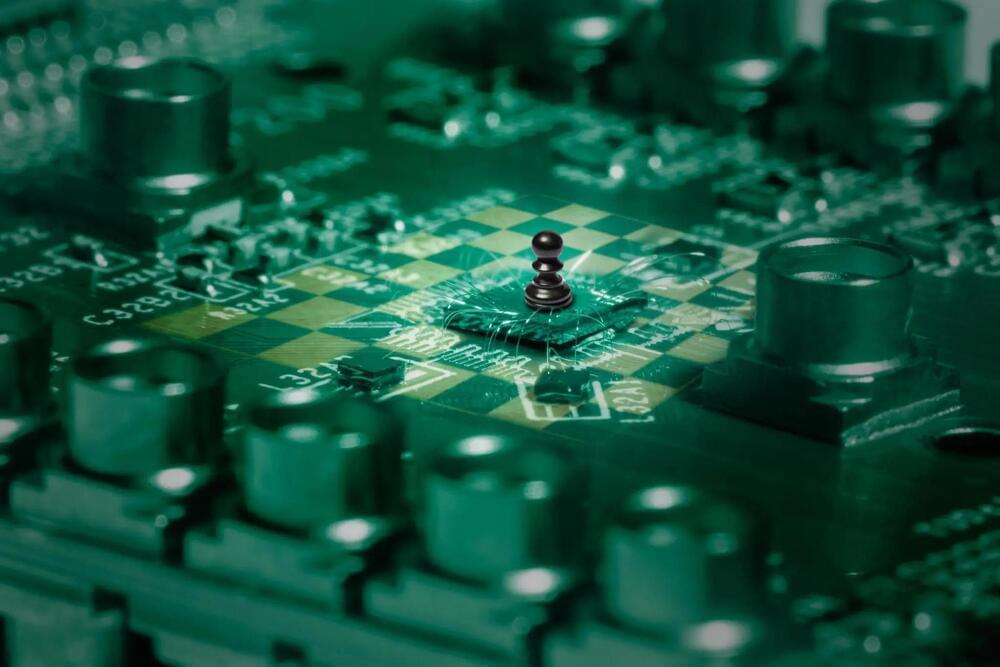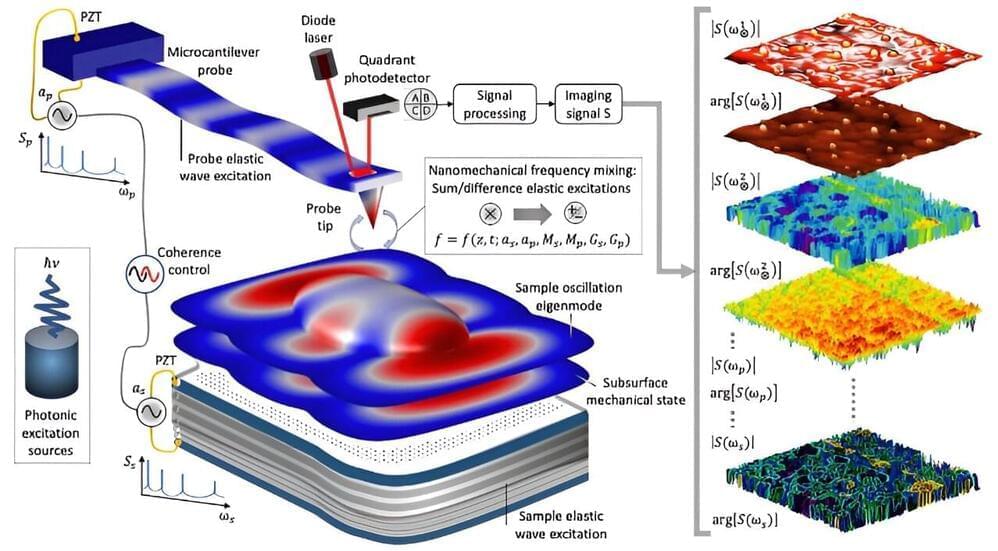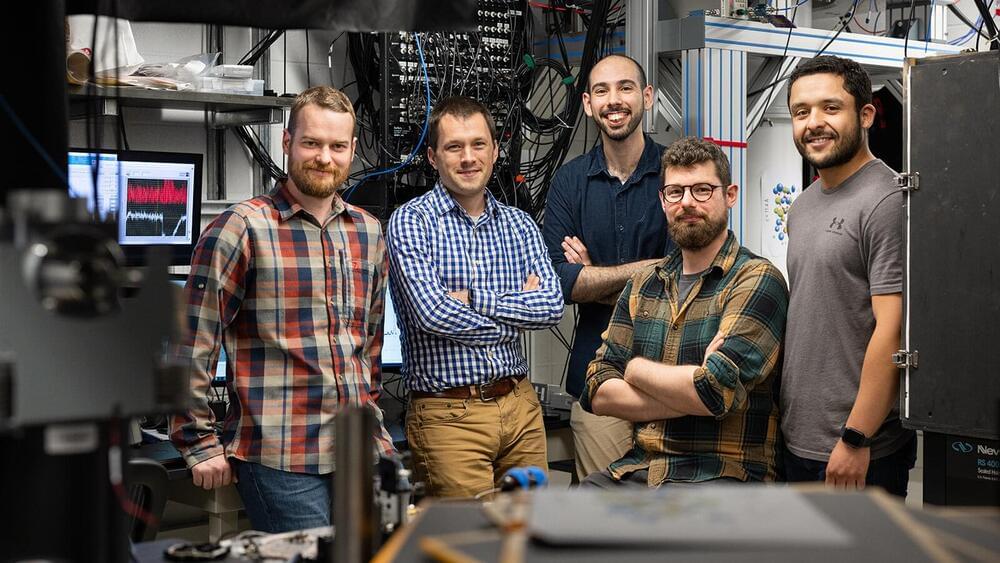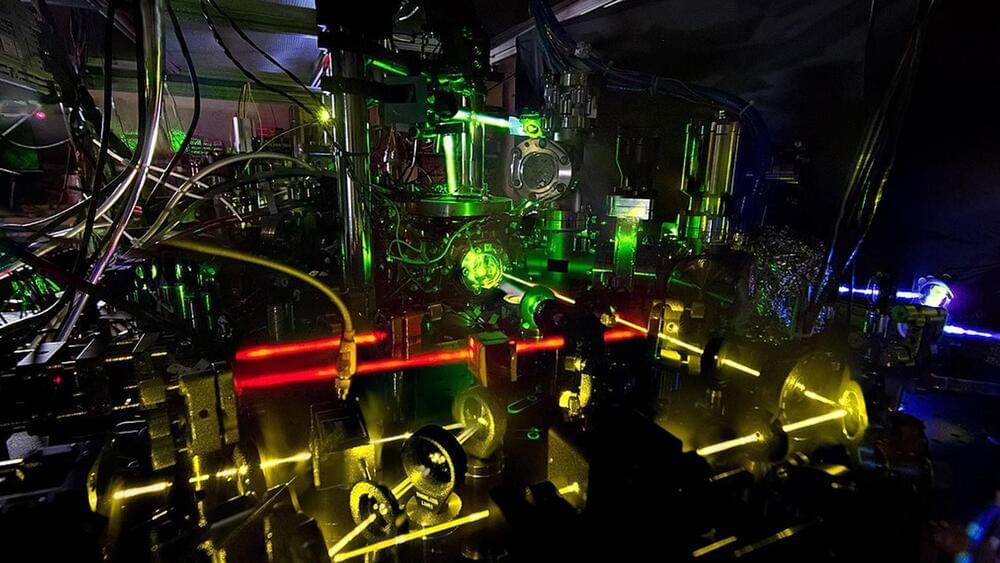Sep 5, 2023
Scientists Slowed Down a Chemical Reaction 100 Billion Times to See What Happens
Posted by Josh Seeherman in categories: chemistry, computing, particle physics, quantum physics
Scientists have been able to observe a common interaction in quantum chemistry for the first time, by using a quantum computer to shadow the process at a speed 100 billion times slower than normal.
Known as a conical intersection, the interactions have long been known about, but are usually over in mere femtoseconds – quadrillionths of a second – making direct observations impossible to carry out.
















